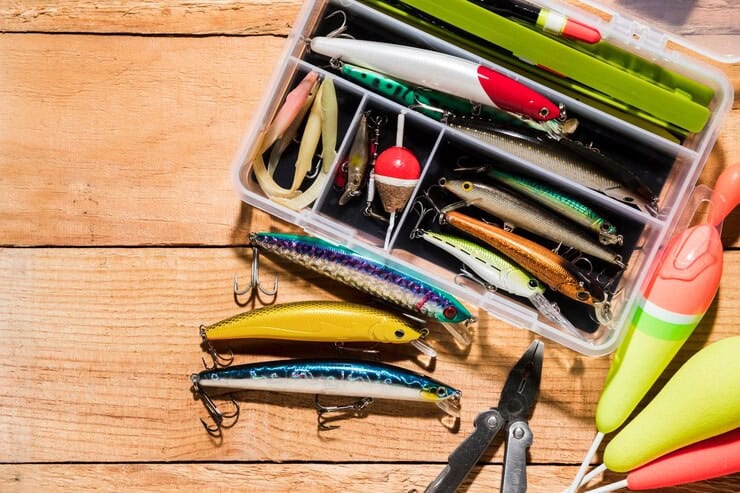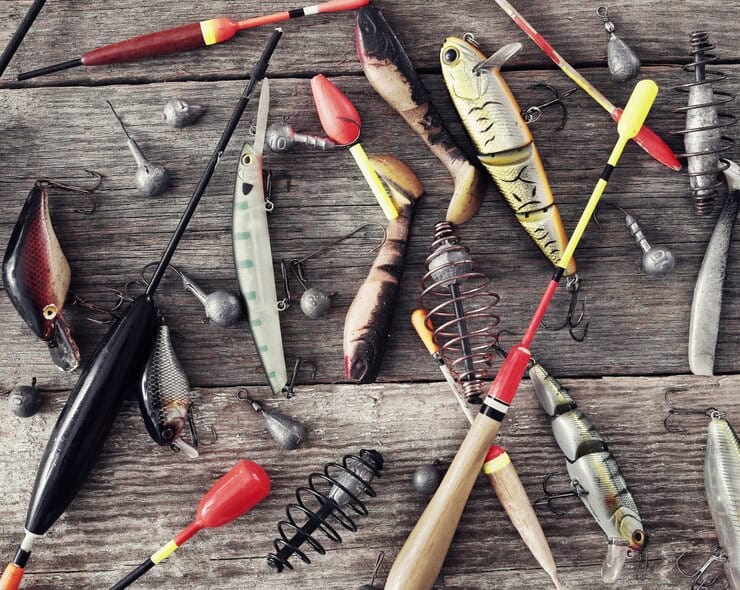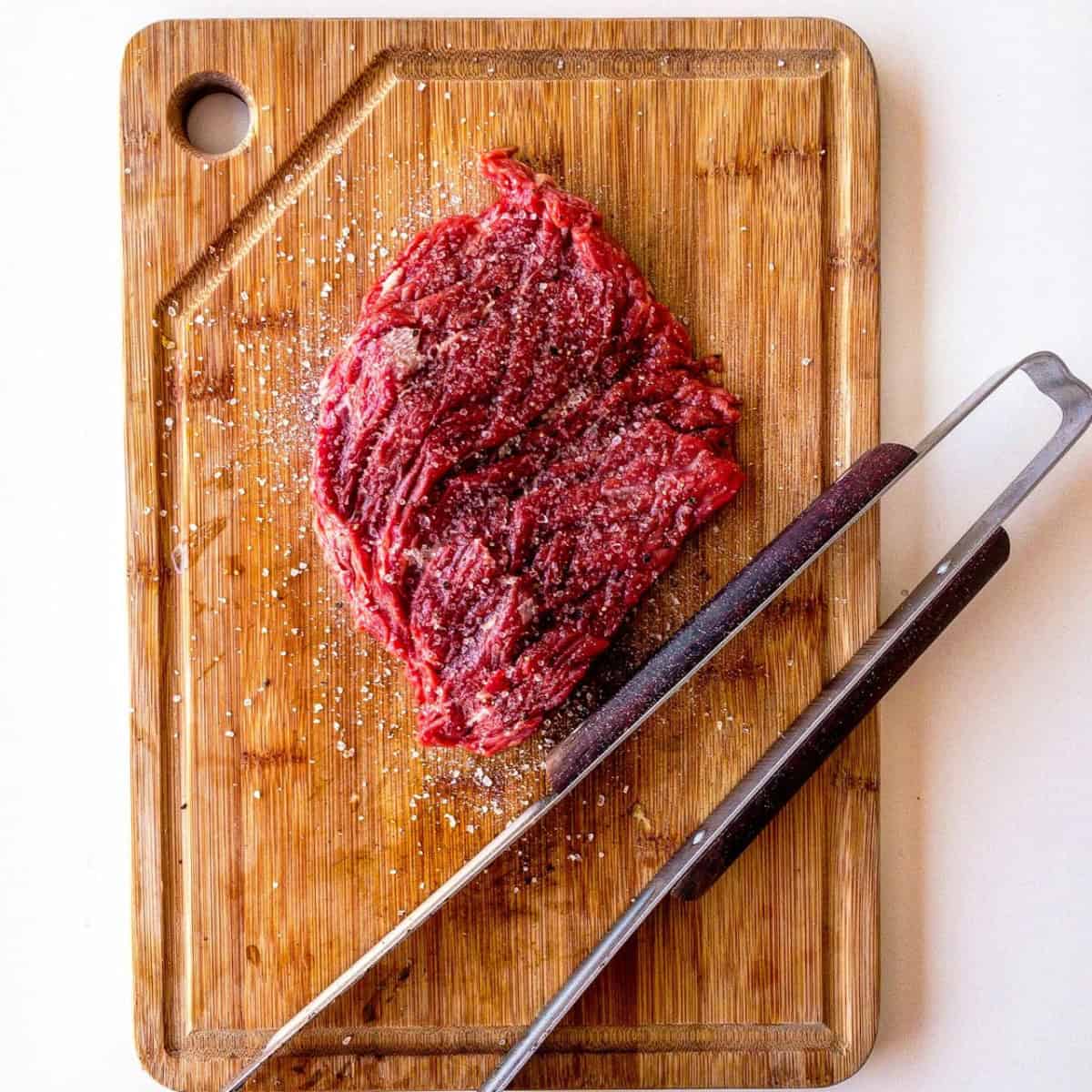When it comes to bass fishing, every angler knows the importance of choosing the right lure. However, the material of the lure is often overlooked despite its significant impact on your fishing success. In this guide, we’ll explore when and why you should switch from plastic to metal lures (and vice versa) based on the conditions, bass behavior, and your fishing goals.
Whether you’re targeting largemouth bass in a quiet lake or peacock bass fishing in Florida, understanding lure materials can make all the difference in turning a frustrating day into a fruitful one.

Why Lure Materials Matter in Bass Fishing
Lure material isn’t just about aesthetics or durability—it influences everything from how a lure moves in the water to how fish perceive it. Bass are highly responsive to environmental changes, meaning the effectiveness of your lure can vary dramatically based on water clarity, temperature, and even the time of day.
Plastic lures, known for their versatility and lifelike textures, often mimic prey that bass naturally feed on. Metal lures, on the other hand, excel at creating flash and vibrations, making them ideal for attracting attention in certain conditions.
Understanding these differences is key to deciding when to use plastic, metal, or even a combination of the two.
Advantages of Plastic Lures for Bass Fishing
Plastic lures are a staple in any angler’s tackle box, and for good reason. They’re incredibly versatile and available in a variety of shapes, colors, and sizes. Some of the key advantages of plastic lures include:
1. Natural Presentation
Plastic lures, especially soft plastics like worms and creature baits, offer a realistic texture that bass are more likely to hold onto after biting. This texture gives you more time to set the hook.
2. Customization Options
Plastic lures can be rigged in countless ways, from Texas rigs to drop shots, allowing you to adapt your presentation to specific fishing conditions.
3. Effective in Clear Water
In clear water, bass can see their prey more clearly. Plastic lures excel in these conditions because their natural movement closely mimics live bait.
When to Use Plastic Lures
Plastic lures shine in specific scenarios. Here are a few times when they’re your best bet:
Shallow Waters
In shallow water, especially during spawning season, bass are often more cautious. Plastic lures with subtle movements are less likely to spook them.
Clear or Calm Conditions
On sunny days with calm water, bass tend to rely more on sight than sound. Plastic lures offer a realistic presentation that’s perfect for these situations.
Finesse Fishing
When bass are being picky or inactive, finesse techniques with soft plastics can coax bites where other lures fail.
The Case for Metal Lures
While plastic lures are versatile, there are times when metal lures outperform them. These lures, often made of stainless steel or brass, are excellent for creating sound and flash that grabs attention, even in murky conditions.
1. Enhanced Visibility
Metal lures reflect light, making them ideal for low-light or muddy water conditions where bass rely more on vibrations and flashes than sight.
2. Durability
Metal lures are built to last. They can withstand aggressive strikes and are less likely to wear down in challenging environments.
3. Great for Covering Water
If you’re looking to locate active fish quickly, metal lures like spinnerbaits or spoons allow you to cover large areas in a short amount of time.
When to Use Metal Lures
Metal lures are not a universal solution, but they excel under certain conditions:
Murky or Stained Water
In low-visibility water, the vibration and flash of a metal lure can attract bass from a distance, increasing your chances of a strike.
Fast-Moving Currents
The weight and density of metal lures make them more stable in fast-moving water, such as rivers or streams.
Deep Water Fishing
Metal lures sink quickly, making them effective for targeting bass in deeper waters or near submerged structures.
Choosing the Right Material for Specific Conditions
The decision to use plastic or metal lures often depends on environmental factors. Let’s break it down:
Water Clarity
- Clear Water: Use plastic lures with subtle, natural movements. Stick to colors like green pumpkin or watermelon.
- Muddy Water: Opt for metal lures with bright, reflective finishes to maximize visibility.
Water Depth
- Shallow Water: Plastic lures with a slow fall or buoyant design work best.
- Deep Water: Metal lures, particularly jigging spoons, are ideal for reaching the strike zone quickly.
Weather Conditions
- Sunny Days: Go with plastics that match the natural prey bass are hunting.
- Cloudy or Overcast Days: Metal lures with a little extra flash can compensate for reduced light.
How Bass Behavior Influences Lure Material Choice
Bass behavior changes with the seasons, and this should influence your choice of lure material. During the warmer months, bass are more active and willing to chase faster-moving lures. Metal lures, which create noise and motion, are great for eliciting reaction strikes.
In contrast, during colder months, bass tend to be lethargic. This is when slower presentations with plastic lures become more effective, as they mimic easy prey that bass can ambush without expending much energy.
Experimenting with Hybrid Approaches
Sometimes, the best solution isn’t purely plastic or metal but a combination of the two. For instance:
- Pair a metal spinnerbait with a plastic trailer for added realism.
- Use a plastic worm on a weighted jig head to combine the sinking power of metal with the lifelike movement of plastic.
These hybrid setups allow you to adapt to changing conditions and give bass multiple reasons to bite.
Tips for Transitioning Between Materials
Switching from plastic to metal (or vice versa) mid-fishing session can feel counterintuitive, but it’s often necessary to adapt to evolving conditions. Here are some tips to make the transition seamless:
1. Watch the Water: If visibility decreases or the wind picks up, consider swapping to metal lures.
2. Read the Bass: Pay attention to how bass are reacting. If they’re chasing but not biting, switch from a flashy metal lure to a slower-moving plastic option.
3. Be Prepared: Keep a variety of both plastic and metal lures readily accessible in your tackle box so you can switch quickly.
The Role of Practice in Perfecting Lure Selection
Ultimately, becoming proficient at choosing between plastic and metal lures comes down to practice. Spend time experimenting with different materials in a variety of conditions. Pay attention to what works and what doesn’t, and refine your approach over time.
For example, if you’re heading out for some peacock bass fishing in Florida, you might start with a metal lure to locate active fish in the stained waters of canals or lakes. Once you’ve found them, switching to a soft plastic lure could help land more catches.

Conclusion: Mastering the Art of Lure Materials
Switching between plastic and metal lures is more than just a tactical decision—it’s an art that comes with understanding the nuances of bass fishing. By knowing when and why to choose one material over the other, you can maximize your success and enjoy a more rewarding fishing experience.
Keep experimenting, stay observant, and don’t be afraid to adapt. With time and practice, you’ll have a tackle box filled with both plastic and metal lures, each ready to help you reel in that trophy bass, no matter the conditions.

















Leave a Reply